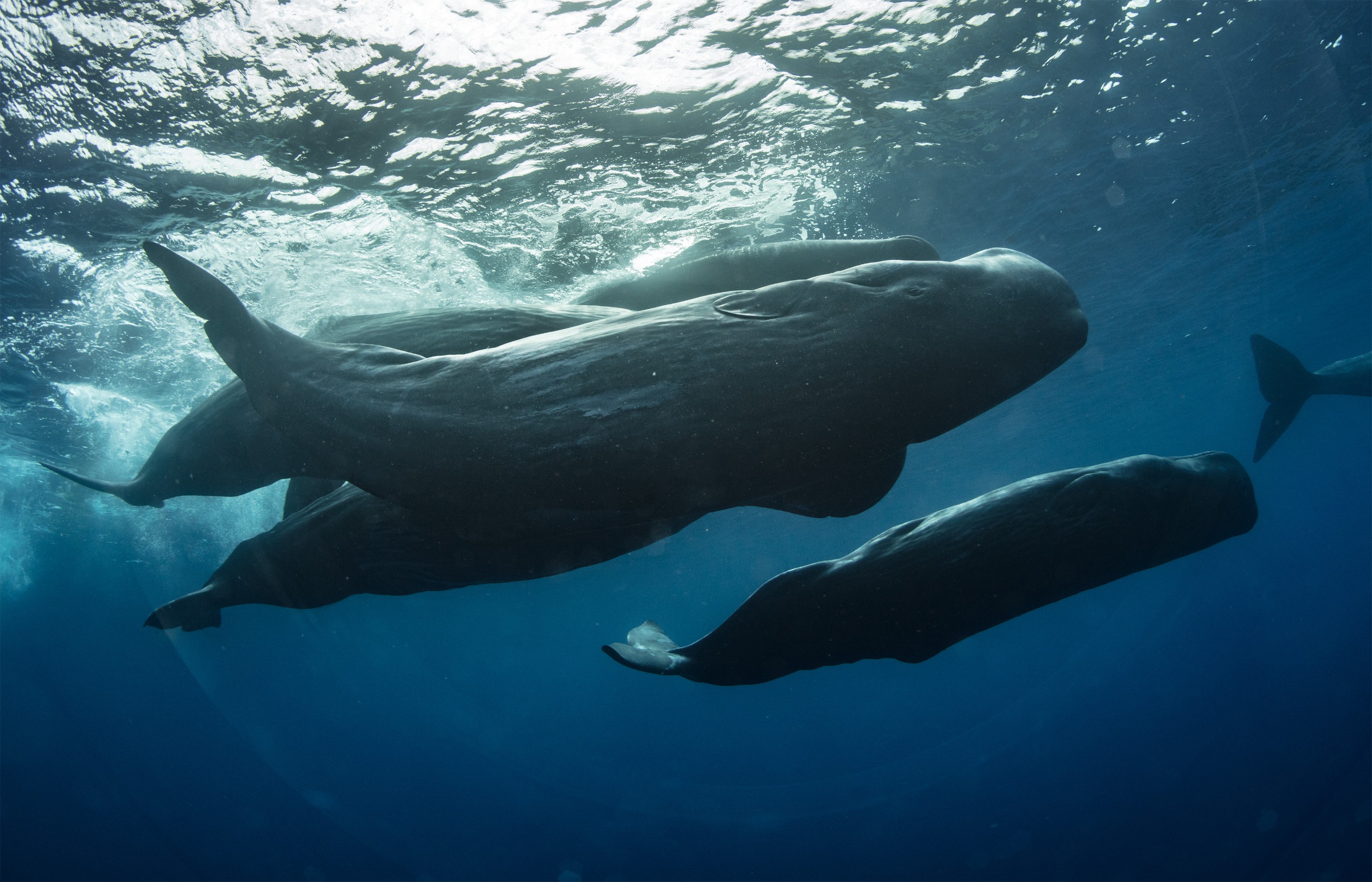When the invasive carnivorous rosy wolf snail was introduced to Tahiti decades ago, it all but decimated many other populations of native snails. One species that managed to survive is the Partula hyalina snail, but researchers weren’t sure what made that species different.
To unlock the secret of how the Partula hyalina evaded hunting, they enlisted the help of an, especially tiny camera. Mounted on the back of rosy wolf snails and surrounding leaves by researchers from the University of Michigan, these tiny cameras monitored exactly how the Partula hyalina continued to survive.
Smaller than an aphid and powered by solar energy, the cameras captured light and habitat details to uncover the fact that P. hyalinas’ natural habitats had ten times more sunlight than those of other Tahitian forest snails. Their milky white shells give them higher solar resistance, therefore allowing them to thrive in environments where rosy wolf snails would shrivel and perish.
Although other endangered or extinct snail species do not have helpful white shells, this intricate understanding of how the small snail survives an invasive species demonstrates how in-depth research techniques could potentially help save other threatened species and boost our understanding of the incredibly complex natural world.
Source study: Communications Biology – Millimeter-sized smart sensors reveal that a solar refuge protects tree snail Partula hyalina from extirpation
Image source: Archyde












